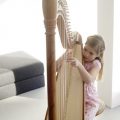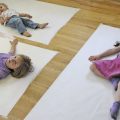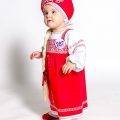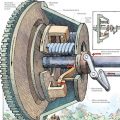Features of children's attention
Attention is a quality that consists of a number of properties. Among them: volume, selectivity, switchability, stability, concentration, distribution and arbitrariness.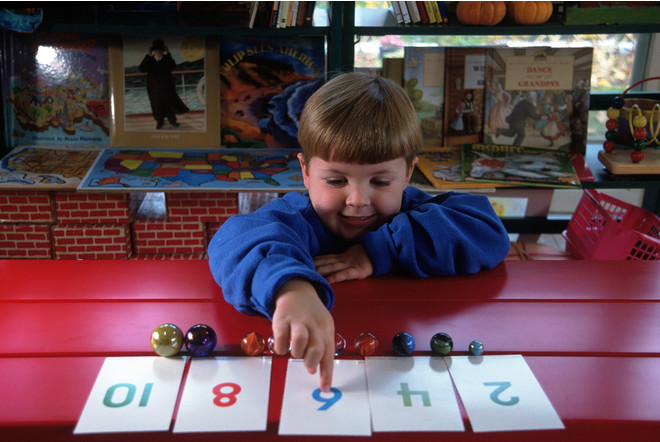 The development of attention in preschool children begins with verbal instructions from adults during play. Photo: Getty All components have their own characteristics:
The development of attention in preschool children begins with verbal instructions from adults during play. Photo: Getty All components have their own characteristics:
- With a small amount of attention, the child cannot remember and hold several objects in his mind at once.
- Insufficient concentration leads to the fact that the child is not able to concentrate for a long time on one object or its part.
- With poorly developed switching, the preschooler slowly delves into a new task.
- If a child has a poorly developed distribution property, then he will not be able to perform several actions at once.
- With a lack of arbitrariness preschooler can not concentrate on the task at the request of an adult.
These deficiencies cannot be eliminated with the help of developmental activities; such children need to work with specialists. Any violation can lead to disturbances in the behavior and actions of the preschooler.
Attention Development Psychology
Children find it difficult to concentrate on monotonous andboring activity, but in the process of an interesting game they are capable of long concentration. With age, attention becomes focused and stable. All children have involuntary attention, and preschoolers develop voluntary attention. They can control it, hold it on a significant object, highlight interesting details. Stability in intellectual activity increases by the age of 7.
Exercises for training
All exercises are divided into 2 directions:training the properties of attention and forming this quality. The second direction is intended for those children who grasp the general meaning, leaving details unnoticed. Examples of simple training:
- List different words to your child, his task– listen to them carefully, and when, for example, he hears the name of an animal, he should jump. This develops attentiveness, speed of distribution and switching.
- Build the children in a row and offer one ofmemorize what all participants look like. After 2 minutes, the child should turn away, and the rest to make changes in appearance. The memorizer should name all the changes. This is how observation develops.
There are many other games, each one hasa specific goal. If the child does not like one game, try another or postpone the activity for a while. The main thing is not to force the game. Activities should be a joy. Participate in the child's life and help him develop.




